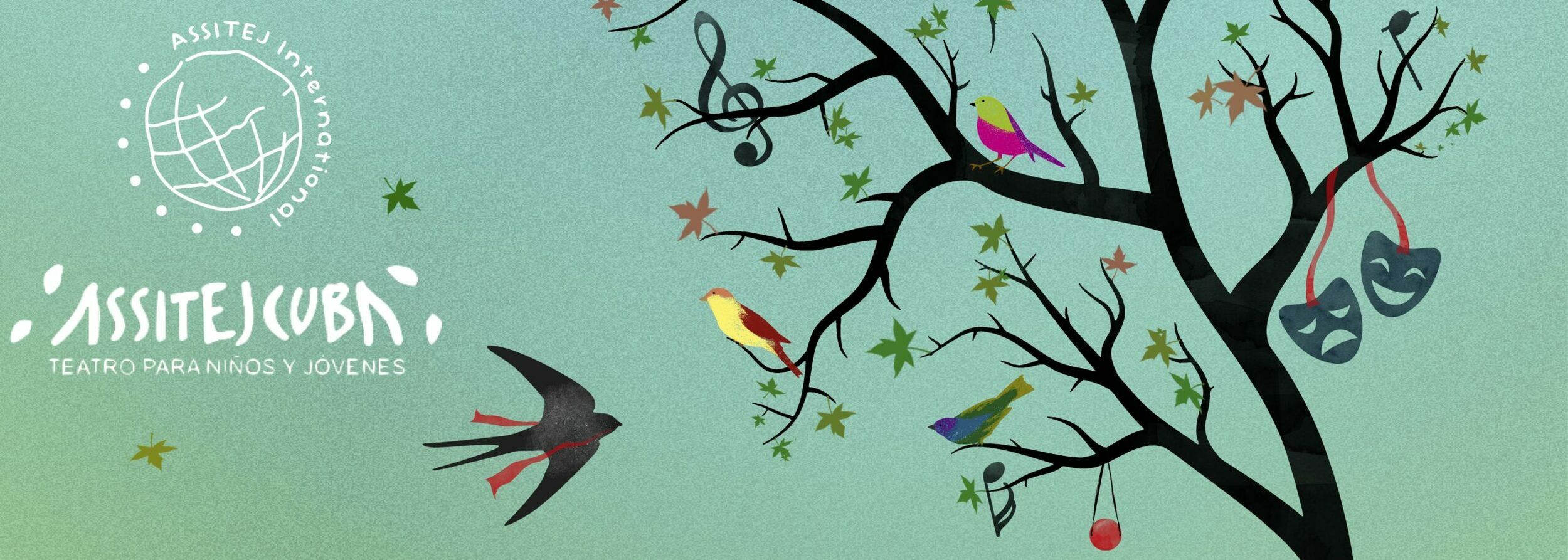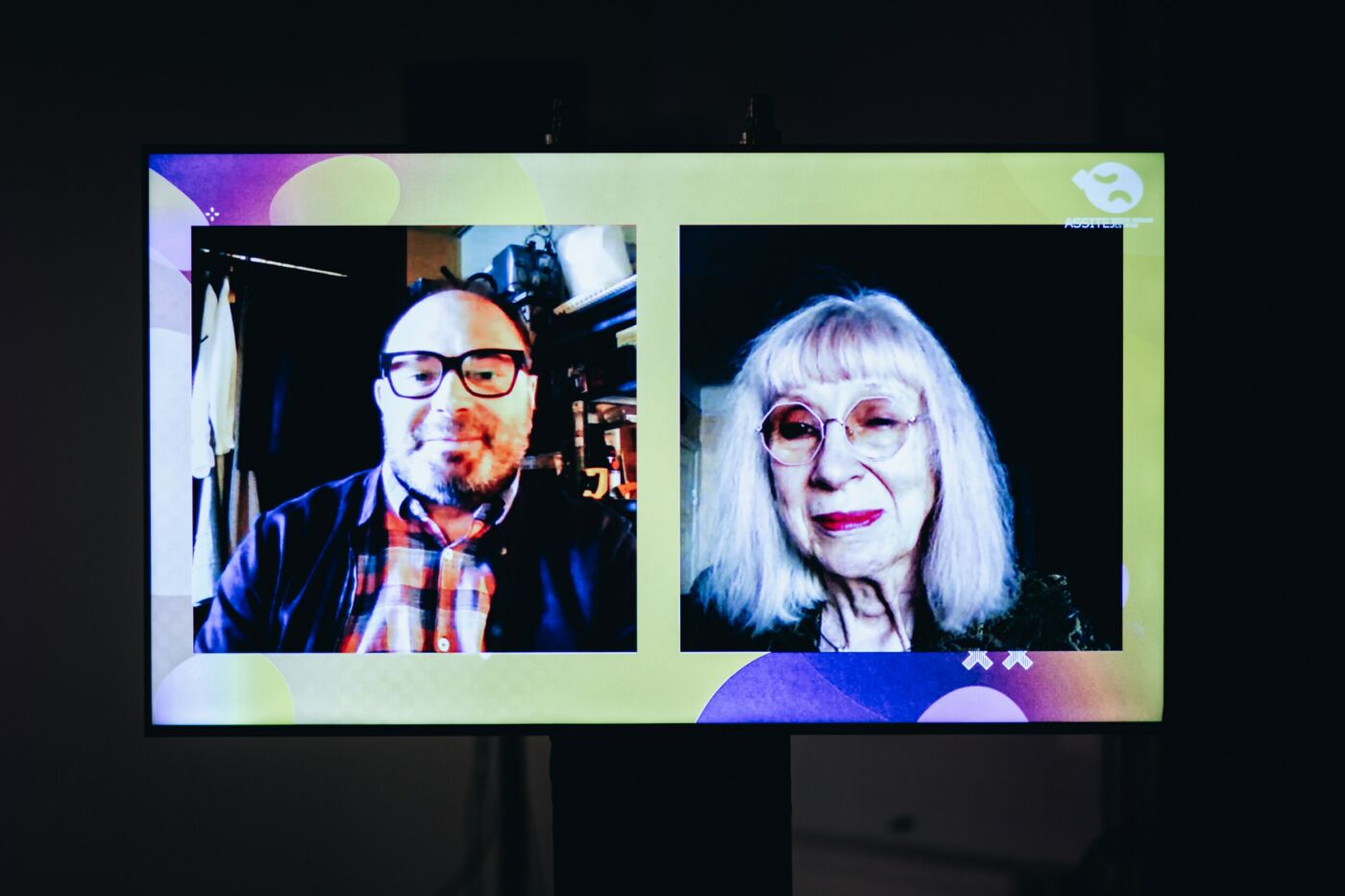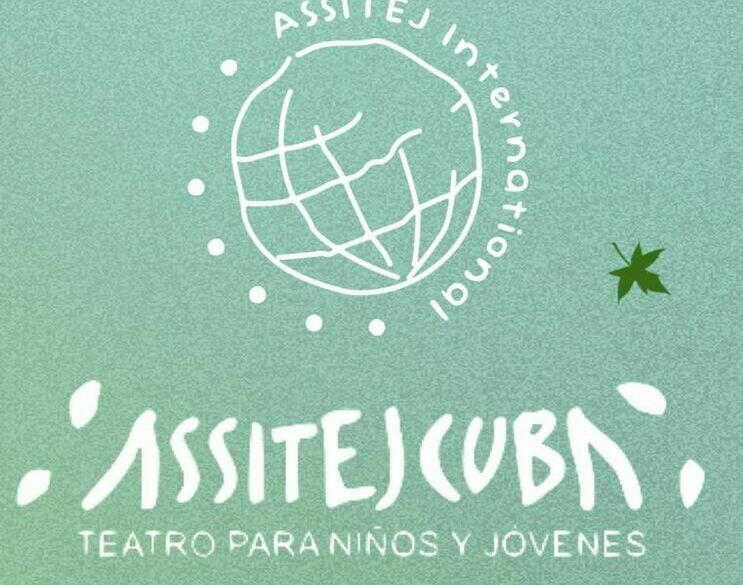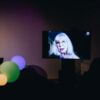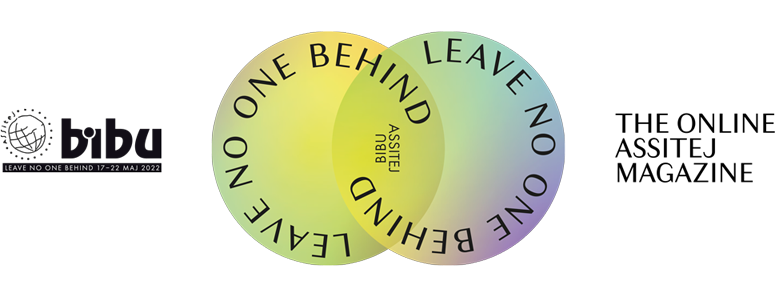By Suzanne Osten
NAKS webinar in October 2021
ASSITEJ Estonia
Children’s theater is my favorite topic to discuss. I’ve been lecturing about it all my life since I came up with my ideas. Children need art. I will try to present main ideas that you could discuss. In my own childhood, I was a storyteller and a reader and my mother didn’t allow me to read some stories, because she thought that they were dangerous, wild or cruel. That made me want to read Ozzy Anderson and his fairy tales. So, I sneaked to the cupboard, read the books and I hid it from my mother. I wanted to know what it was that she was so afraid of me to find out. From my childhood, I also remember that there were some things you couldn’t talk about – if I talked about indecent things, my mother would slap me. There was a lot of fear with talking about sexuality, it was an absolute taboo. Back at school I was able to do theater, music, and paint. The school was very strict with us, but they gave us an enormous artistic freedom. I would say that these were the formative years in my life.
Nowadays, the research on the brain, children’s psychology and science of cognitive skills tells us that we are born with an innate longing for art and storytelling. We want to know what’s going on out in the world. I was really fortunate. I had a wonderful teacher. I always considered my teacher to be a teaching artist and believed that a good teacher could really change your life. My teacher was able to draw on the blackboard and tell different stories. She was totally open-minded. For theater, we had to make all the decorations by ourselves, learn to understand the text, analyze it, sing in French and so on. She was interested in that and she taught us that. And here, I would like to contradict you – teaching children about art is not difficult at all! We are born with the need for pleasure and beauty. We need alternative aesthetics that shocks our senses and strange things that we’ve never heard about. So just by being merely presented to an image, a story, a world – we are very open to it. A lot of my concentration goes to generations who have protected children from accessing interesting art. I have written a lot of articles about it and I’ve done research about the opinions of adults on that. I think its protected accessibility is based on the lack of knowledge and fear.
Let’s define art. I showed my film called Babydrama to a considered authority in Paris. I introduced my actors, who are adults, musicians and decorations. I asked the authority how we made the play happen. How come are we able to have a performance lasting 1 hour and 20 minutes made for 6 month old babies and they behave like a theater audience. She couldn’t answer this. She said that she could see that I thought that it’s so important to do something like this. I think that that was a brilliant conclusion made by her. Children need adults who want to engage with them and show them that what they think, do and tell the kids is so important. By doing that, we give a message of meaning and having a meaning is everything for us. We are born into the world with the need for meaning. Children need fully grown up people doing that for them – do a show for them. It’s an aesthetic show for them. Understand that I’m a grown up who has devoted half of my work to children’s theater in a specific artistic sense.
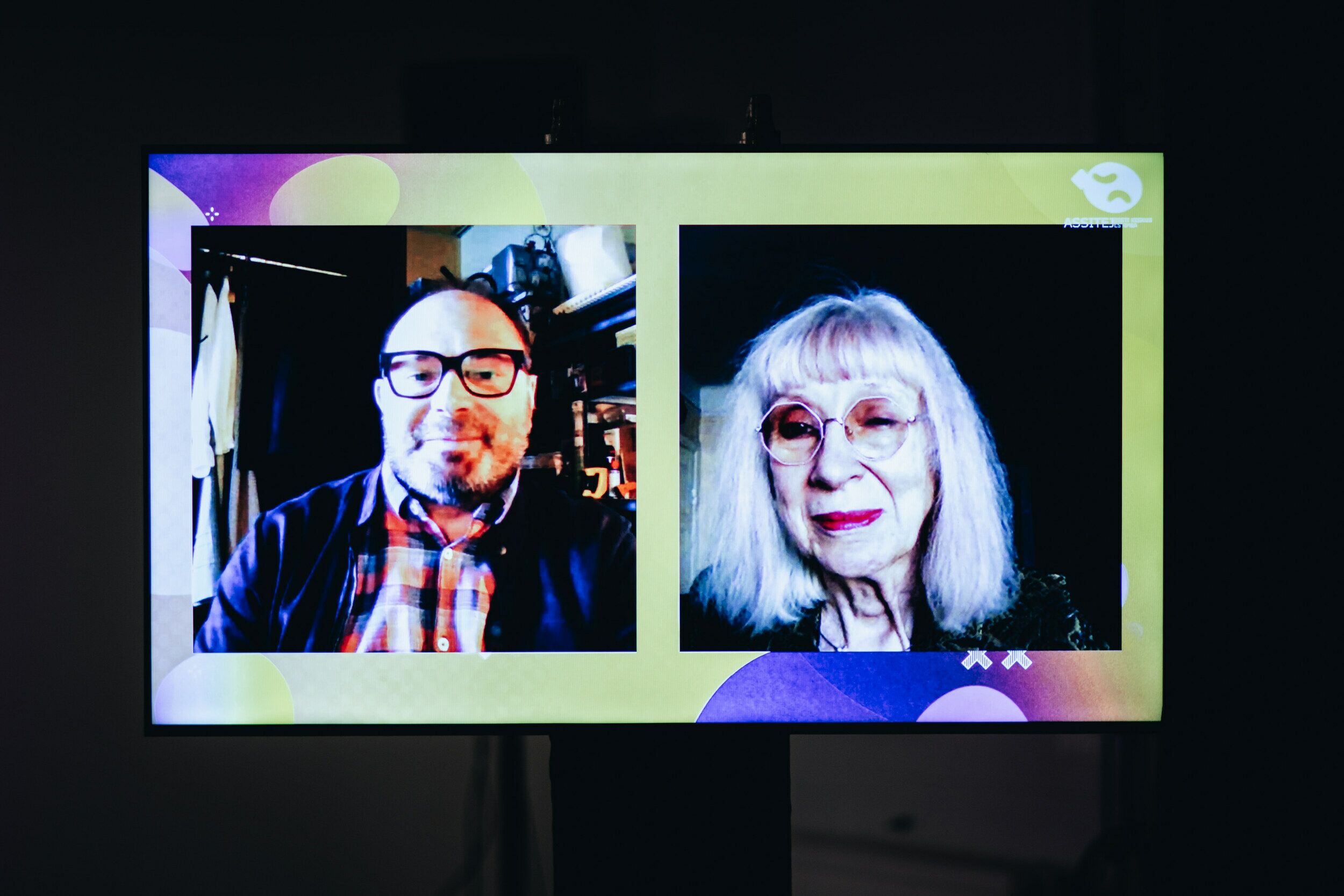
Look at some images from my latest production called Buster Keaton on the moon. One thing that I consider as art is brilliance, children are attracted to brilliance. They don’t know that adults cannot do everything. But when they need brilliance then actors, dancers, and singers can give that to them, children go bananas when they experience that. Therefore, I always work with experienced actors. Sometimes they play children. My main actress ( is a 57-year-old circus clown and a drama actor. Her brother is 37 years old. A bit too young for my taste, but a very good one. We also have the singer, Houdini, who is great – she can sing different genres like metal, rock, anything. She also creates music. We also have a mother and a father. A mother is an artist, who is very musical, she can sing and do circus. The father is a phenomenal drama actor. He scares the shit out of everyone, especially adults. But children love this character.
We do different genres, for example with one which is a farce and a tragedy. For example, we mix violent scenes, because it’s a violent family. But our idea with this play is to see that we all have violent backgrounds. We survive our childhood. It’s not sentimental. It’s just to show that this is our family. The message is very clear: our big bodies, fat or small, young or old, transmit the idea that we want to do this for children. We believe in life and in children’s lives and we know about tragedy. Usually after the show children are running out, making a parody and screa, and have dialogues. As a director I know that the reflection between our and children’s receptions is functioning. The adults, however, are always a bit fearful, tearful and a bit sentimental. They say how cruel this play is. It is because adults have had long lives and bitter experiences. Children by nature are rather looking towards the future while adults look back. Adults are afraid of everything. Teachers and adults have a lot to think about. We cling to our children when we feel afraid watching the play, while children in the same scenario are very interested in what’s happening.
My audience is versatile. My plays are seen by kids, school groups and adults. My art has an alternative aesthetic that the audience has never seen, so it makes it good. Kids have to have the best experience. Some say that they don’t have money to create a good production for kids. You can do it without the money. I started with having brilliant actors and we had no money, we just had a brilliant idea – let’s do a play that is as interesting as a play which is meant for adults. It means that it has to have good writers, good actors, rehearsal time, testing period and a lot of research about children of today.
The children of today are not how you remember yourself. When you go to the school yard, and when you really get to hear what children are truly experiencing and talking about, it’s not what you think it is. In order to really know what children worry about and what they think about, you need a lot of time with them. So I always encourage actors to spend time with the young audience after the performance, ask some real questions. Avoid asking common questions such as did you understand the play? Who was the mother? This has nothing to do with art. Art is open. It could mean anything to anyone. Of course we give meaning to our plays. We know what we are doing. But, what is important is that we want to give them an idea that one day they will grow up and they will survive.
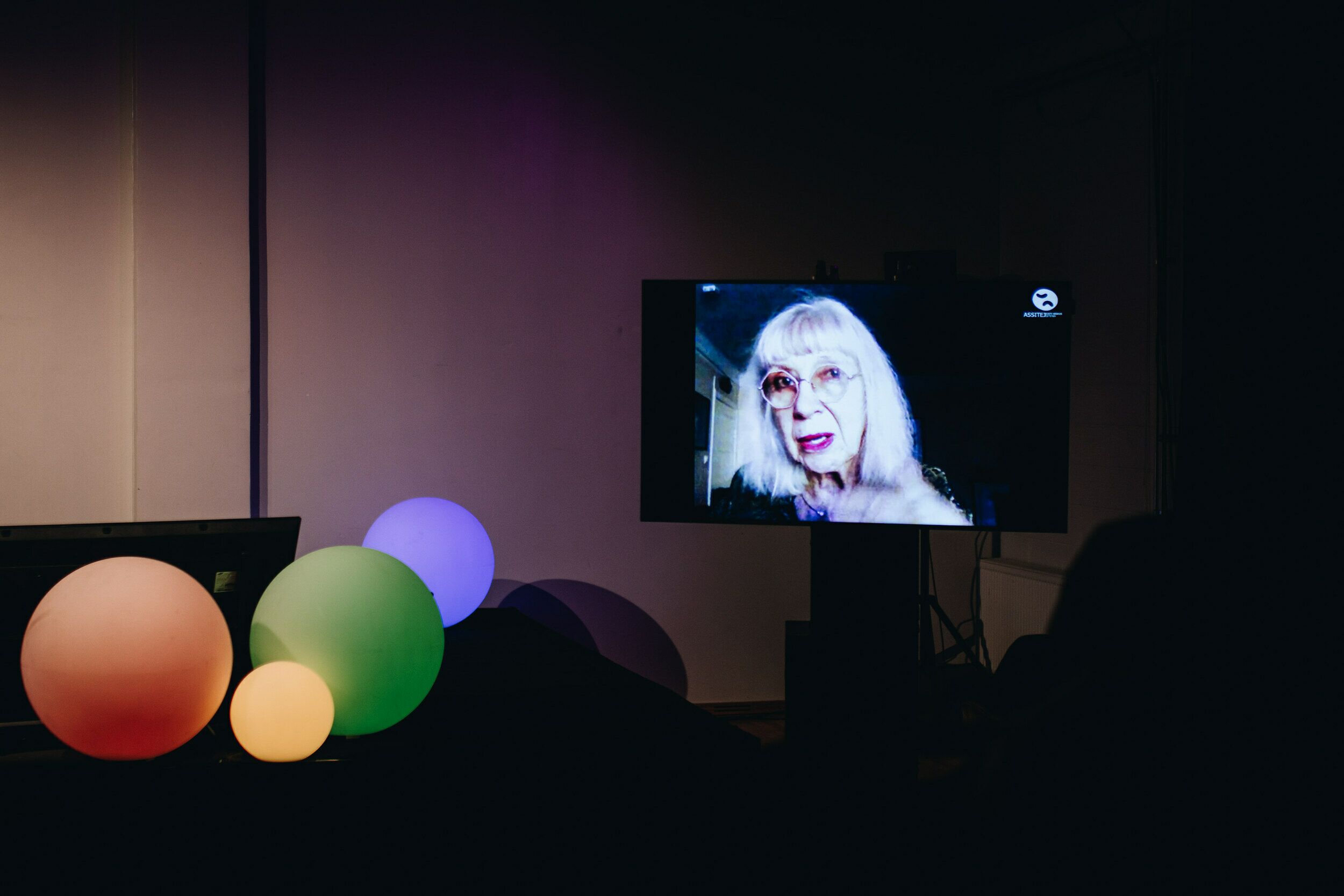
So, provide art, the real alternative aesthetics, real commitment to the process to children. Don’t offer them what you think they like. That’s too easy. Children like the truth. They like absurdities, change, rhythm, interesting stories with human drama, things with animals and humans etc. Children are able to accept a lot of interesting things. Our job is to find out how our vision functions in their present time. Art is existential. It’s about big things in life. It has questions like why did I come here? Why is life so difficult? Why doesn’t anyone love me? Where is the love? Why is there death and war? These are the questions that no-one can answer and this is what art is about, it’s the existence and the meaning of our life.
Let’s say you have an Indian upbringing, then you might believe that you’ll have many lives but that doesn’t really solve anything. Even if you have the solutions and you are a true believer. I don’t take anything from the children with my play called Buster Keaton on the moon. They can continue to love their parents and start thinking about their life on the moon. They can think that one day they will take their dog and leave. It’s very interesting to hear which children would take to the moon with them. Some say that they will take their mothers, because she needs a vacation, or a school class or a dog. Someone once said that he’d take someone who he knows, a scientist, who knows everything about building a moonland. Kids have a lot of ideas about the future. This is what art is good for. Art creates pictures and new fantasies.
I think that childhood is a period when you have no power. You cannot change where you were born, with whom you live and if your parents divorce or decide to move, or if war comes. You cannot change those things. We are working a lot with adults’ relationship to taboos. Taboos are historically bound and they change. Sometimes you talk about something which is considered taboo and people get very angry. It’s something that the society and the adults are afraid of. We should be allied with children and collaborate with artists to let them be free in their minds. Art is freedom.
I have serious demands for the experience that my art offers. You should also fail sometimes. You might create a play that doesn’t work but how bad is that, really? We always have to try. My production Buster Keaton on the moon is 1 hour and 40 minutes long and the kids still want to see more. It doesn’t even have a pause. It’s wrong to assume that a play for kids should be 20 minutes long. Children could sit all day in the theater if they are allowed to like or dislike it. Taste is very different and it’s difficult to define it. Brilliant people working hard and committed, wanting contact, this is the least thing you should ask as an adult. Lots of things made for children in this field are crap. But art is not crap, it’s something you can’t stop thinking about. For example the kids want to come back to my actors, because they really love the actor with an extraordinarily violent scream. Kids understand that he is an actor, they know that he’s not a real person. They like to have a possibility to fantasize and they often say that this is exactly how it is at home. Our artistic endeavors are producing new materials for critical thinking – that’s the meaning of art. It should be a meaningful exploration of possibilities. I’m not a big fan of plays that display suicide, I have done those plays. and I have really shocked the audience with that. Parents were angry, they were not crying. The children were very disappointed. They said that I should have shown how close ones cry when they are gone and. I disagreed, I said that you’d like that because you’re angry sometimes but when you’re dead, you’re dead. And when you leave the people who love you, they’ll be very angry that you did it. So there are no happy endings in my work. I’ve tried to show different taboos. So with these thoughts I’d like to end my quick presentation. Thank you.
Webinar (Suzanne Osten in 32 minutes):

